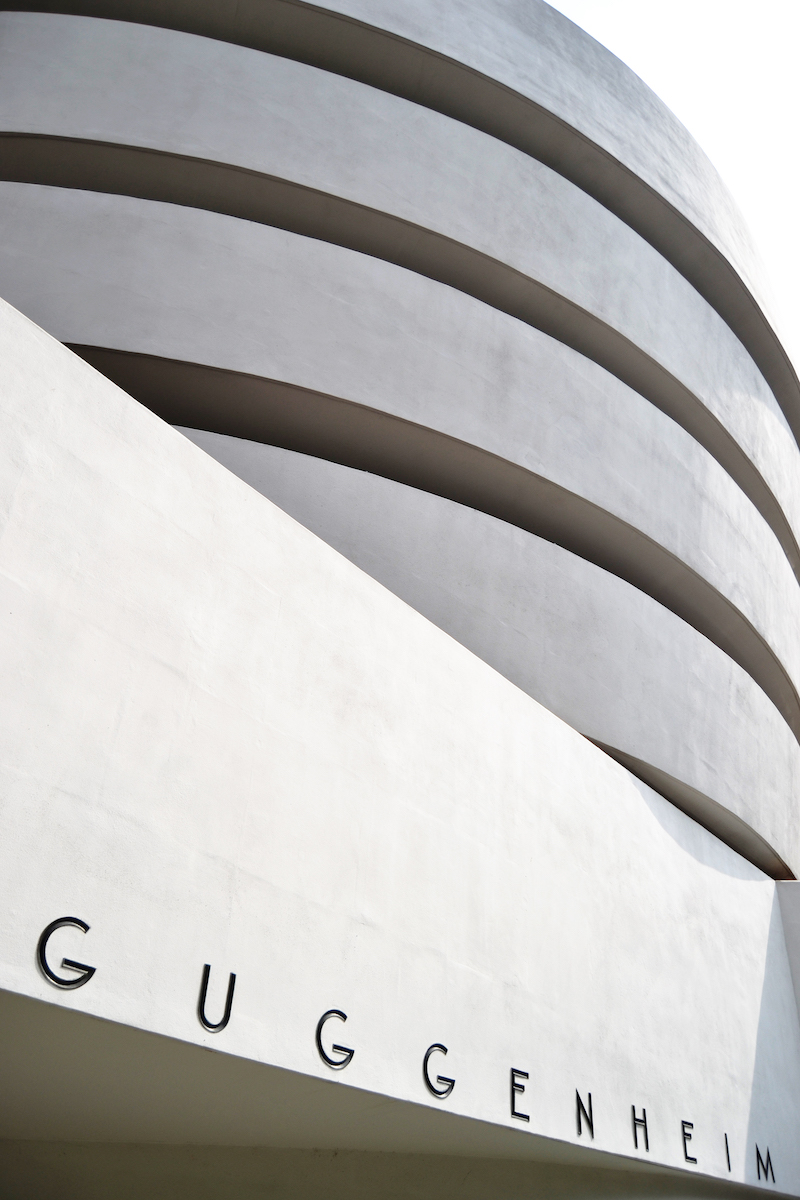
The American Institute of Architects named him “The greatest American architect of all time”; he designed no fewer than 12 of the Architectural Record’s 100 most important buildings of the 20th century; and over the course of his 70-year career, he designed over 1000 structures and established the first truly American architecture. So it’s hardly surprising that if you ask any American to name a famous architect, they will very likely answer: Frank Lloyd Wright.
8 June, 2017 is the 150th anniversary of the birth of one of the most prolific, forward-thinking and often controversial creators of 20th century architecture. Events will be held in America and around the world to celebrate the milestone, including with a major exhibition at the New York MoMA and at Wright’s most-recognised masterpiece, the Solomon R. Guggenheim Museum. But the celebrations won’t only be a retrospective of his legacy; Wright was so far ahead of his time that there are still plenty of lessons for the future to be learned from his work and his principles.
While we’re all slowly catching on to the idea and importance of sustainability, Wright was already a big believer in harmonious ‘Organic Architecture’ over a hundred years ago. He believed buildings – their layout, materials and orientation – should be in harmony with the landscape and that truly organic architecture is impossible to separate from its environment. Perhaps the best example of this philosophy is his 1935 Fallingwater House.
People and life were also important considerations. For Wright “a good building, the harmonious building, one adapted to its purposes and to life … is a great moral performance.” His residential buildings oozed connection and warmth, with social and cultural areas such as the dining room, the fireplace and the music rooms always playing a central role. He believed buildings should genuinely enrich the lives of those who use them.
His pursuit of harmony tied in with another of his core beliefs – that America should have its very own architecture. Rather than just copying European styles, as was fashionable at the time, Wright felt strongly that America’s architecture should reflect its diverse people and landscapes. Between 1899 and 1910, he had set the standards for what would become the first truly American architecture – Prairie Style. He did away with the ideal of several rooms across several floors and instead emulated the big open spaces and long, low lines of the land.
One of his most personal works was similarly forged from the desert, almost entirely with his own hands and those of his apprentices. Wright’s winter house and studio, Taliesin West in Scottsdale, Arizona, is an example of what he himself wanted to build when not meeting the demands of a client.
Today his desert home is the headquarters of the Frank Lloyd Wright Foundation and the Frank Lloyd Wright School of Architecture, where students continue to learn according to his principles. It also attracts over 100,000 visitors a year; the 90-minute tour includes a look at his customised bed – he partitioned it especially so that his staff knew when he was just taking a nap and wouldn’t mind being woken up, and when he was fast asleep and could definitely not be disturbed!
Wright began work on what would become his most-recognised work in 1943. Commissioned to build ‘a temple of the spirit’ that provided a new way to look at modern art, Wright again turned to nature for his Guggenheim design. Recalling a nautilus seashell, the interior broke from museum norms and instead allowed visitors to view the artworks from a spiralling ramp.
The spiral represented organic process, and the building’s other geometric shapes also had meaning: Wright explained that its triangles symbolised structural unity; its squares, integrity; and its circles, infinity.
Wright worked on the Guggenheim for 16 years until the year of his death, 1959. He died just 2 months short of his 92nd birthday.
It’s only possible to scratch the surface of such a great legacy in this small space, but if, like us, you want to celebrate Frank Lloyd Wright and his inspirational works, then this is the perfect year to do so!
Picture sources: Featured image by Ed Schipul // CC BY-SA 2.0; Guggenheim exterior by Alvaro Blanes // CC BY-SA 2.0; Fallingwater House by Pablo Sanchez // CC BY 2.0; Taliesin West by Andrew Russeth // CC BY-SA 2.0; Guggenheim interior by Lisa Bettany // CC BY-SA 2.0
Frank Lloyd Wright Paint-In Pr...
artboxONE Poster 150x100 cm Na...
89,99 € (as of June 3, 2025 08:33 GMT +01:00 - More infoProduct prices and availability are accurate as of the date/time indicated and are subject to change. Any price and availability information displayed on [relevant Amazon Site(s), as applicable] at the time of purchase will apply to the purchase of this product.)Ezilif Hängesessel Abdeckung,420D Oxford-Gewebe Schutzhülle für Hängesessel mit Wasserdichtem Reißverschluss und Zugband,Winddichte Abdeckung geeignet...
26,99 € (as of June 3, 2025 08:28 GMT +01:00 - More infoProduct prices and availability are accurate as of the date/time indicated and are subject to change. Any price and availability information displayed on [relevant Amazon Site(s), as applicable] at the time of purchase will apply to the purchase of this product.)Tags: 2017, architecture, events













